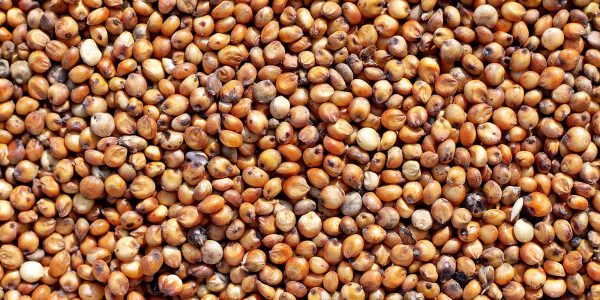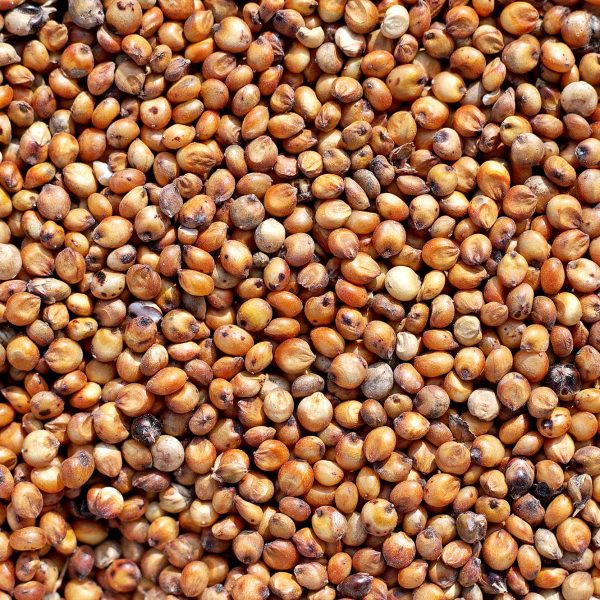
Use Of Grain Sorghum As The Primary Grain Ingredient In Premium Extruded Foods Designed For Cats
Executive Summary
There is potential for use of grain sorghum in pet food products as a less expensive and more sustainable alternative to other cereal ingredients such as corn and rice. Sorghum can also provide nutritional benefits related to slower digestibility of starch or lower glycemic response, which can aid in premium products targeted towards obese, diabetic and geriatric (or old) pets. Digestibility can especially be retarded by controlling the particle size of the grain sorghum used in the diets, and this was the focus of this study, besides evaluation of sensory attributes, and in vivo studies with cats for determining palatability, colonic fermentation by-products and gut microbiota or pre-biotic effect of sorghum-based diets. An initial extensive experiment design was used to screen for processing factors that had the maximum impact. Based on the results, the second extrusion experiment involved formulation of six premium cat food diets using red and white grain sorghum with three particle sizes (0.5mm, 1.0mm and 1.6mm) and also two control diets formulated with brewers rice and corn. The formulations were extruded to make dry expanded kibbles. The finished diets were evaluated for starch gelatinization, in vitro digestibility and other physico-chemical attributes. Palatability trials with cats indicated that it is possible to utilize red or white sorghum varieties as main ingredients in premium extruded cat diets, allowing better results in palatability when compared to diets that included corn or rice as cereal sources. When sorghum varieties were compared, white sorghum presented better consumption than red sorghum. Cats maintained body weight and general health, presented adequate intake and produced feces in normal quantities and scores when fed sorghum-based diets, with no differences found to corn or brown rice-based diets. The intake of diets based on coarse grind sorghum reduced fecal pH, probably by bacterial intestinal fermentation, indicating a potential prebiotic effect that could be important for intestinal health, encouraging additional research. The sensory attributes of the products were evaluated by descriptive sensory analysis and HS-GCMS to understand the differences on sensory perceptions and the volatiles composition. This research provided guidelines in order to formulate the best palatants to mask any undesirable notes and enhance desirables ones. Significant differences among the eight cat food samples were found on appearance attributes of brown, fibrous and texture/mouthfeel attributes of fracturability and gritty. No significant difference was found in terms of aroma and flavor attributes, and this provides scientific evidence in using grain sorghum as a promising ingredient to replace rice and corn without impact on sensory perception. GC-MS results complemented the sensory tests results. Thirty aromatic compounds were tentatively identified and semi-quantified in the eight dry cat food samples manufactured with different red sorghum, white sorghum, rice and corn. The volatile compounds composition of the eight dry cat foods were found to be similar. Dry cat food kibbles produced with the four different ingredients were also coated with seven sources of fat. To compare the difference brought by the coating on sorghum based cat food products, descriptive sensory analysis and HS-GCMS were applied to understand the differences on aromatic profiles and the volatiles composition. Results indicated that fat/oil coating with strong aroma profile (fish & salmon oil) could change the overall perception of the dry cat food a lot by exposing different dominant aroma notes.


